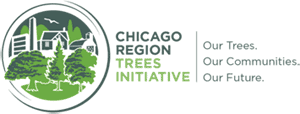How to Spot Income Inequality From Space? Count the Trees
The poet Joyce Kilmer once wrote: “I think that I shall never see. A poem lovely as a tree.” Trees in urban settings are more than just lovely, they actually clean the air, reduce noise pollution, reduce the need for air conditioning in the summer and work against the greenhouse effect. They even reduce stress. And according to blogger Tim De Chant, they also prove to be a good indicator of income inequality as viewed from space.
A few weeks ago De Chant wrote in his blog, Per Square Mile, about a research paper he had come across that presented some interesting findings. De Chant explained it in his post:
“[F]or every 1 percent increase in per capita income, demand for forest cover increased by 1.76 percent. But when income dropped by the same amount, demand decreased by 1.26 percent. That’s a pretty tight correlation. The researchers reason that wealthier cities can afford more trees, both on private and public property. The well-to-do can afford larger lots, which in turn can support more trees. On the public side, cities with larger tax bases can afford to plant and maintain more trees.”
It got De Chant thinking about whether it would be possible to actually see income inequality from space. So he did some googling. And he found that not only was it very easy to spot in cities across the United States, it was also evident in cities around the globe. See for yourself. The first image of each set is the lower income neighborhood.

